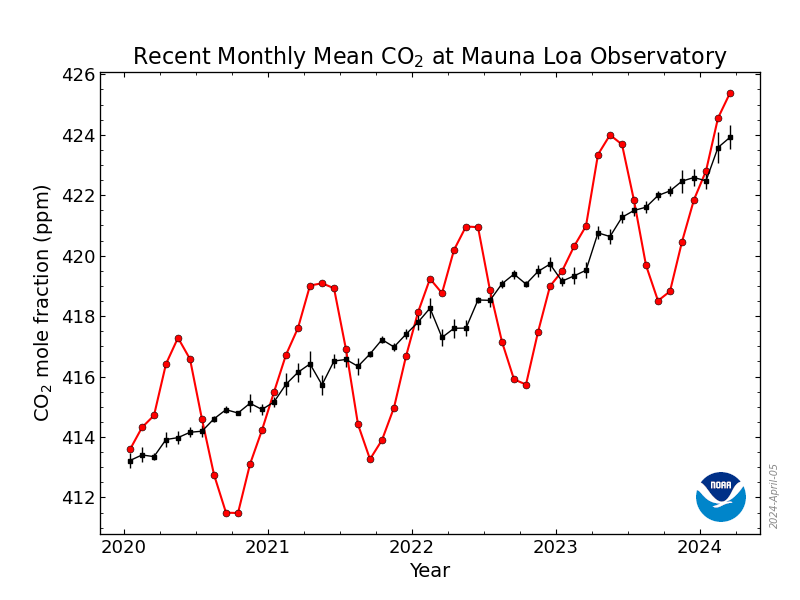Rahmstorf et al. Validate IPCC Temperature Projections,
Posted on 29 November 2012 by dana1981
A new paper in Environmental Research Letters by Rahmstorf, Foster, and Cazenave (RFC12) takes a very interesting approach in testing the Intergovernmental Panel on Climate Change (IPCC) global warming projections, and also examines its sea level rise projections. Consistent with the previous analyses at Skeptical Science, RFC12 finds that the climate models used in the IPCC 2001 Third Assessment Report (TAR) and 2007 Fourth Assessment Report (AR4) predicted the ensuing global surface warming to a high degree of accuracy, while their central sea level rise predictions were too low by about 60%.
Novel Approach to Testing Temperature Projections
One of the principle difficulties in testing relatively recent temperature projections is that there are a lot of short-term influences on global surface temperatures that introduce noise into the data. For example, there are oceanic cycles like the El Niño Southern Oscillation (ENSO, comprised of El Niño and La Niña events), an 11-year solar cycle, and particulates released during volcanic eruptions which cause short-term cooling by blocking sunlight. Many of these short-term influences are very difficult to predict ahead of time, and when averaging many model runs together as the IPCC does, these short-term unpredictable effects on temperature tend to average out to zero.
Thus the IPCC multi-model average of simulations do not reflect these short-term temperature influences, which is not a problem for long-term predictions, because positive and negative short-term cycles and noise average out to zero over long timeframes. However, when comparing model projections to observed temperatures over just a decade or two, the short-term noise can play a significant role. RFC12 takes a very clever approach to address this issue, applying the methodology of Foster and Rahmstorf (2011), using the statistical technique of multiple regression to filter out the influences of ENSO and solar and volcanic activity from the global surface temperature data (Figure 1).

before/after filtering
Figure 1: Global surface and lower atmosphere temperature data from 5 data sets (with a 12-month running average) before and after applying the statistical methodology of Foster and Rahmstorf (2011) to remove the influences of ENSO and solar and volcanic activity.
The paper then compares the global surface temperature data (with these three influences both included and removed) to the envelope of climate model temperature projections in both the 2001 and 2007 IPCC reports (Figure 2).

RFC12 Fig 1
Figure 2: Observed annual global temperature, unadjusted (pink) and adjusted for short-term variations due to solar variability, volcanoes and ENSO (red) as in Foster and Rahmstorf (2011). 12-month running averages are shown as well as linear trend lines, and compared to the scenarios of the IPCC (blue range and lines from the 2001 report, green from the 2007 report). Projections are aligned in the graph so that they start (in 1990 and 2000, respectively) on the linear trend line of the (adjusted) observational data.
IPCC Has Accurately Projected Global Surface Warming
As Figure 2 shows, the unadjusted data (pink) have tended to fall towards the lower end of IPCC projections in recent years, primarily due to the preponderance of La Niña events and an extended solar cycle minimum, which have short-term cooling influences on global surface temperatures. However, when these influences are filtered out (red), the observed temperatures fall very close to the central climate model projections, which RFC12 notes are based on greenhouse gas emissions scenarios that accurately reflect the observed CO2 changes over that timeframe.
In short, the global climate models used in the IPCC reports have been very good at predicting the underlying human-caused global surface warming trend, beneath the short-term noise which will average out to zero over time. This suggests that IPCC projections of future global warming, which are based on various possible human greenhouse gas emissions scenarios, are reliable.











